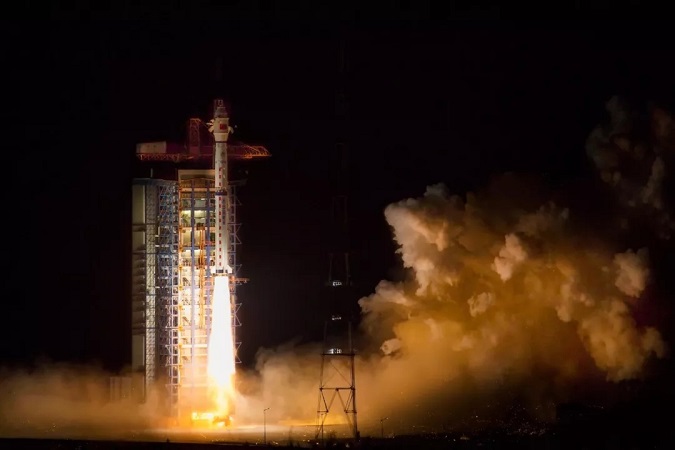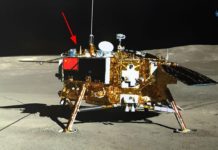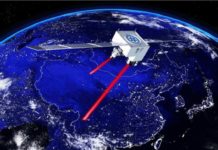On 9 May 2018, at 2:28am, China launched Gaofen-5 (GF-5), a remote sensing satellite meant to conduct scientific research on the earth’s atmosphere. The launch took place using the Long March 4C, a three-stage rocket that can put 4,200kg into Low Earth Orbit (LEO), from Taiyuan Satellite Launch Centre in Shanxi province.
GF-5 was developed by the China Aerospace Science and Technology Corporation (CASC), and has a liftoff mass of 2700kg and a design life of 8 years. The satellite, which is China’s first high-resolution satellite for atmospheric observation, is also the first hyperspectral imaging satellite developed by China.
The satellite carries 6 payloads – two hyperspectral/multispectral payloads for terrestrial Earth Observation, along with four atmospheric observation payloads. These will enable China to study greenhouse gases, pollution, air quality, climate change and map geological resources and crop production, amongst other tasks.
Payloads on the satellite include: the Environment Monitoring Instrument (EMI), a high-resolution imaging spectrometer used for the detection of atmospheric trace gases, a Greenhouse Gases Monitoring Instrument (GMI) that will obtain periodic hyperspectral data and measure greenhouse gases, as well as a Directional Polarization Camera (DPC) to determine optical and microphysical parameters and monitor global atmospheric aerosol levels. Together, these payloads allow the satellite to capture global data within a 24-hour period.
The Gaofen family of high-resolution Earth Observation satellites are part of the China High-definition Earth Observation System (CHEOS) meant for civilian purposes, with the first satellite, Gaofen-1, having been launched in 2013. So far, 10 Gaofen satellites have been launched, including three additional satellites from the Gaofen-1 series launched in April 2018. Gaofen-6 and Gaofen-7 are expected to be launched this year.







